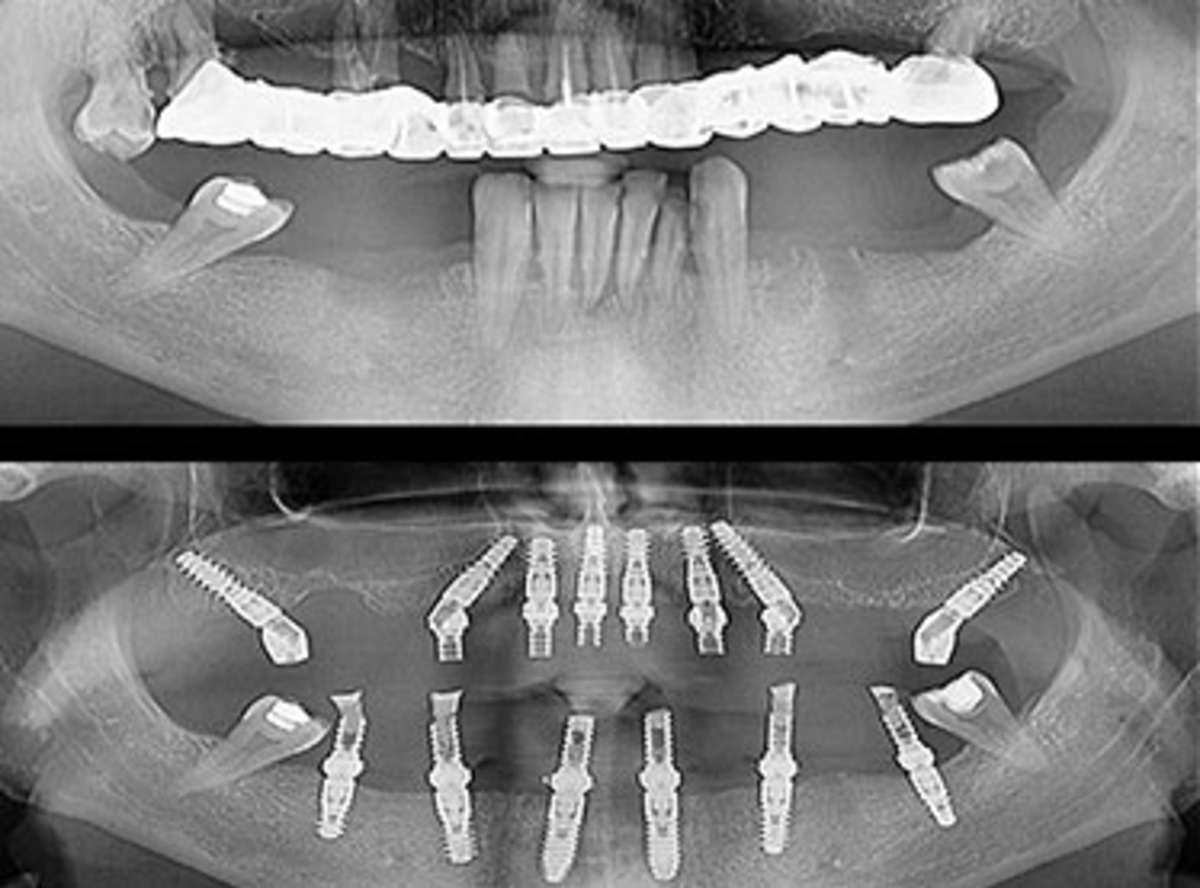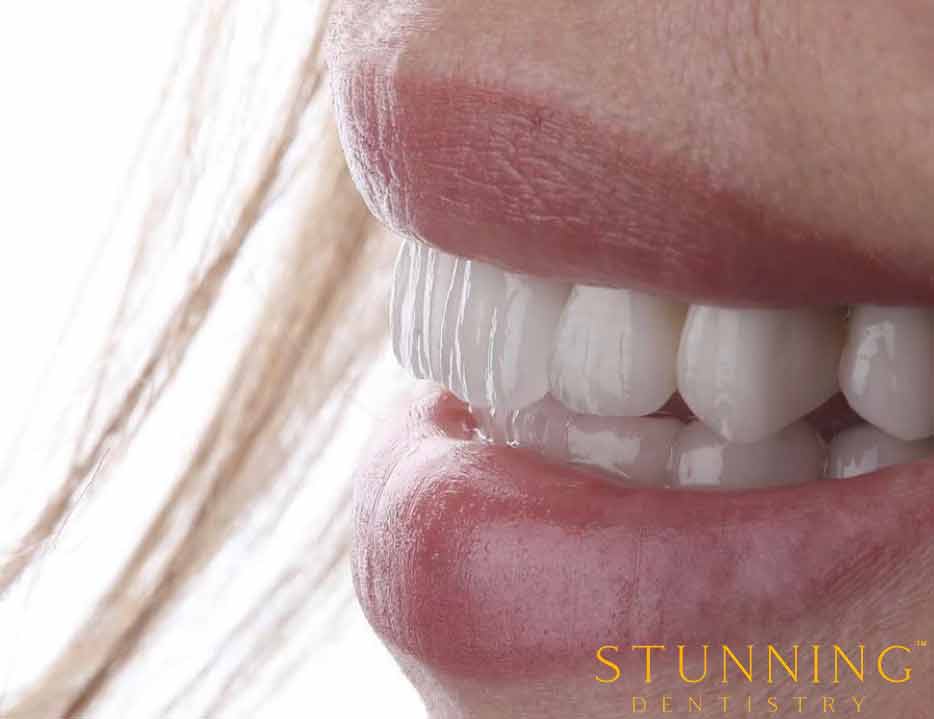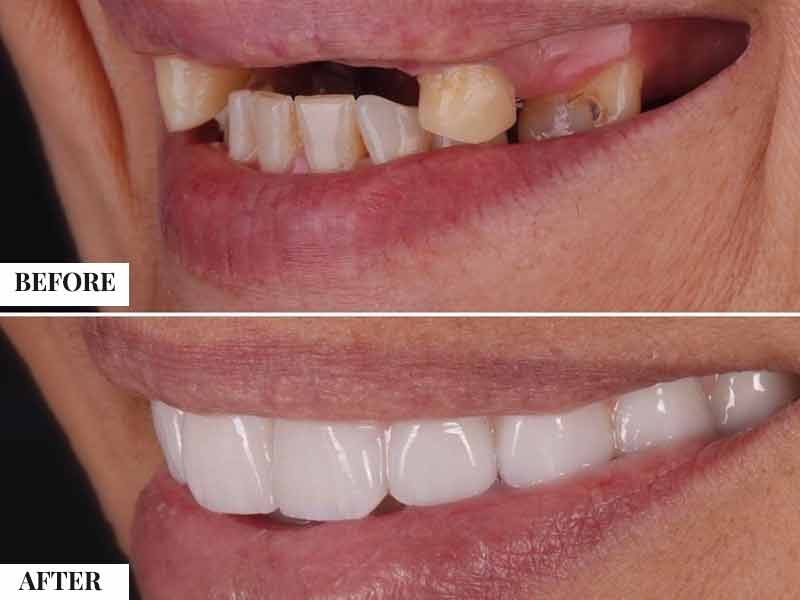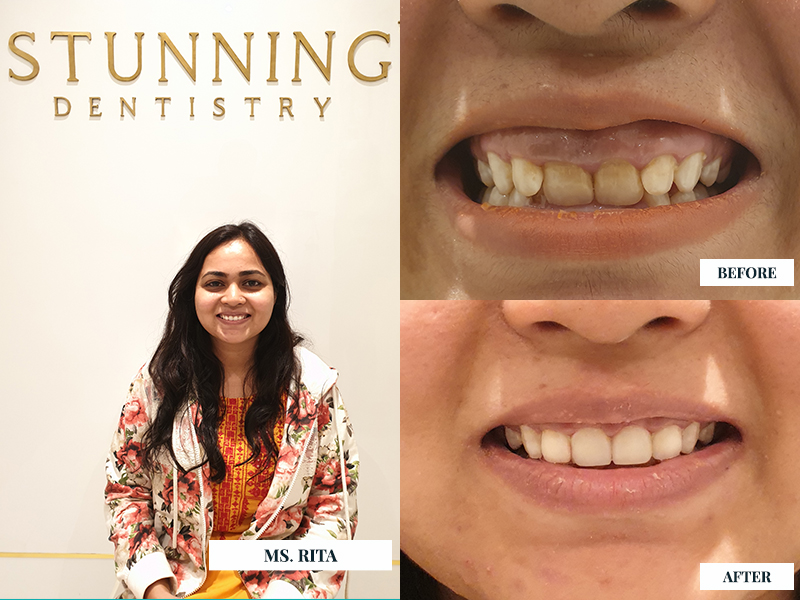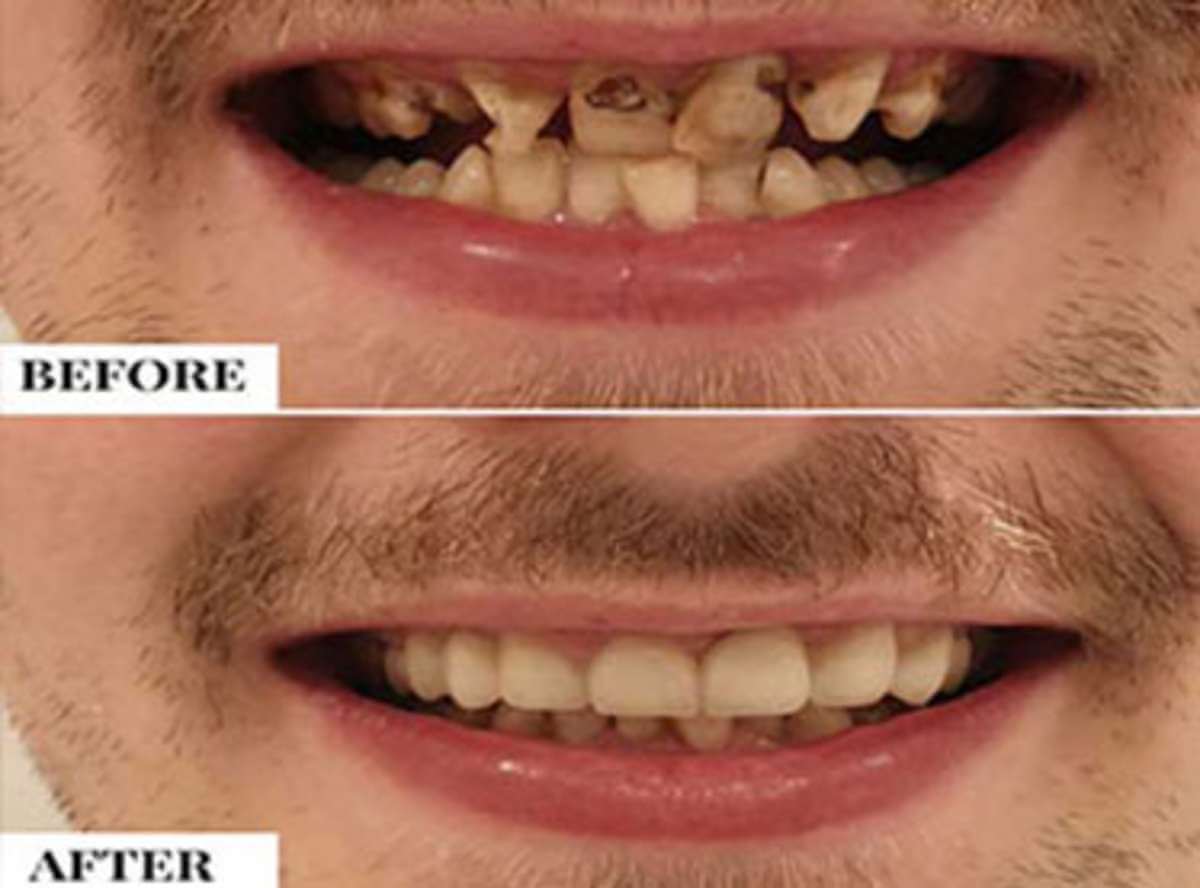Many of us are aware of the term ‘teeth whitening’ – The Cosmetic smile enhancing procedure aimed at making your teeth whiter, brighter and several shades more beautiful. But, what we lack is the knowledge about the most appropriate methods to achieve that dazzling smile. To meet the requirement of the highly demanded procedure, a plethora of options are presently available. However, choosing the safest and the most efficient ones can be a daunting task. So to make your selection easier, we present here a list of the suitable methods for whitening your teeth and end with the most powerful method available presently. But first, let us begin at the basics.
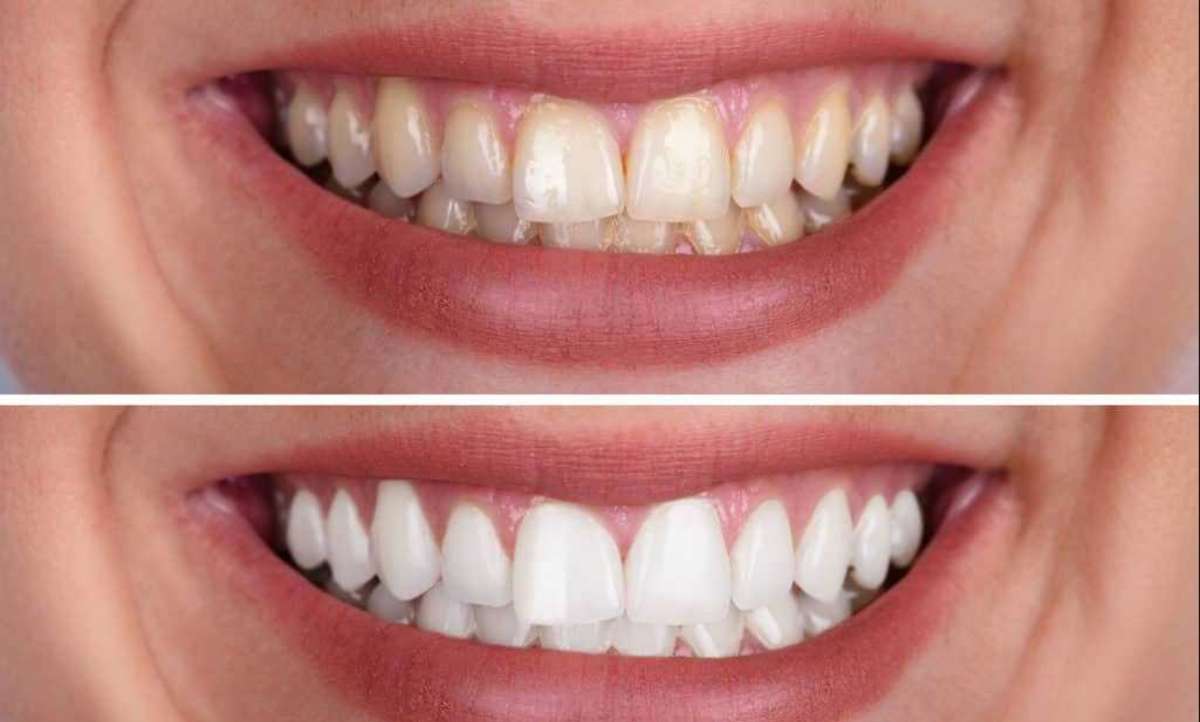
When do you require Teeth Whitening?
A teeth whitening procedure always targets the stains and discolourations of a tooth. So if you have yellowish blotches on your teeth or stains due to any one of the following reasons, book your appointment for a whitening procedure to enhance that smile:
– Generally, our modern food preferences might be at fault. Intake of dark tinted drinks such as tea, coffee, wine or cola is known to stain the teeth.
– Habits like smoking or tobacco chewing or plaque and tartar accumulation can tarnish those pearly-whites
– Chances are that those stains or blotches may be due to some Internal Causative Factor or Aging.
What are the Ways to Whiten your teeth?
Teeth whitening options can vary between our everyday Over-The-Counter smile brightening options and a professional In-office teeth bleaching appointment.
Commercially Available Choices:
Whitening strips and gels: These are readily available in nearby pharmacies and supermarkets. While the gels are peroxide-based and applied with a small brush directly onto the teeth, the strips are thin bands that are placed over the entire jaw. These gels and strips are safe and provide moderate, superficial results within a few days. The outcome can last for about 4 months.
Whitening Toothpaste: These toothpastes effectively remove surface stains due to their abrasive or polishing content. However, they do not bleach your teeth, and therefore their effect is limited to a few improved shades.
In-office professional Bleaching:
Philips DASH Teeth Whitening
An easy-to-use teeth whitening technique that does not involve the use of any kind of light. It delivers superior results on extrinsic stains, giving you a bright smile within 60 minutes.
LASER Assisted Teeth Whitening
Incorporating LASERS into a conventional whitening procedure means instant results with the promise of a safer, non-irritating, and painless process. The materials are specially bioengineered and provide no damage to either your tooth or the surrounding gums.
The Best way to whiten your teeth- PHILIPS ZOOM Whitening
PHILIPS ZOOM is the latest advancement and most in-demand whitening procedure all over the globe. The process is known to remove the toughest of discolouration from both the outer and inner layer of the tooth, hence providing visibly brighter teeth in just one 45-minutes sitting. It uses the Zoom Advanced Power Chairside Lamp that hastens the whitening process to transform stained teeth into attractive whites. The machine uses a 25 percent hydrogen peroxide whitening agent, which breaks down to release oxygen particles. They brighten the stained particles but leaves the structure of the tooth unchanged.
In a Nutshell
Among a lot of available options, professional teeth whitening gives superior and swift results. You can get an esthetically pleasing and spot-free smile without any drawbacks or side effects. The most popular method among the professional ones remains the ZOOM Teeth Whitening procedure. The procedure warrants you a confident smile that you always dreamt of, devoid of any harm to your teeth or gums. The technique undoubtedly is super-fast and effective.




